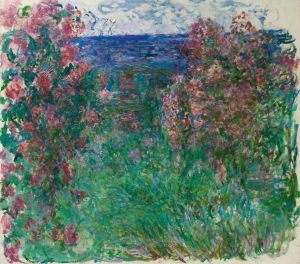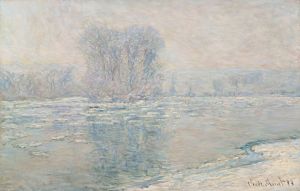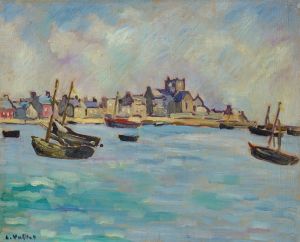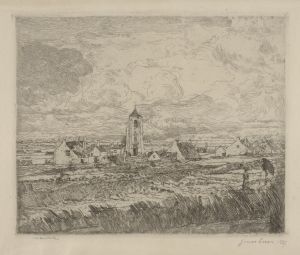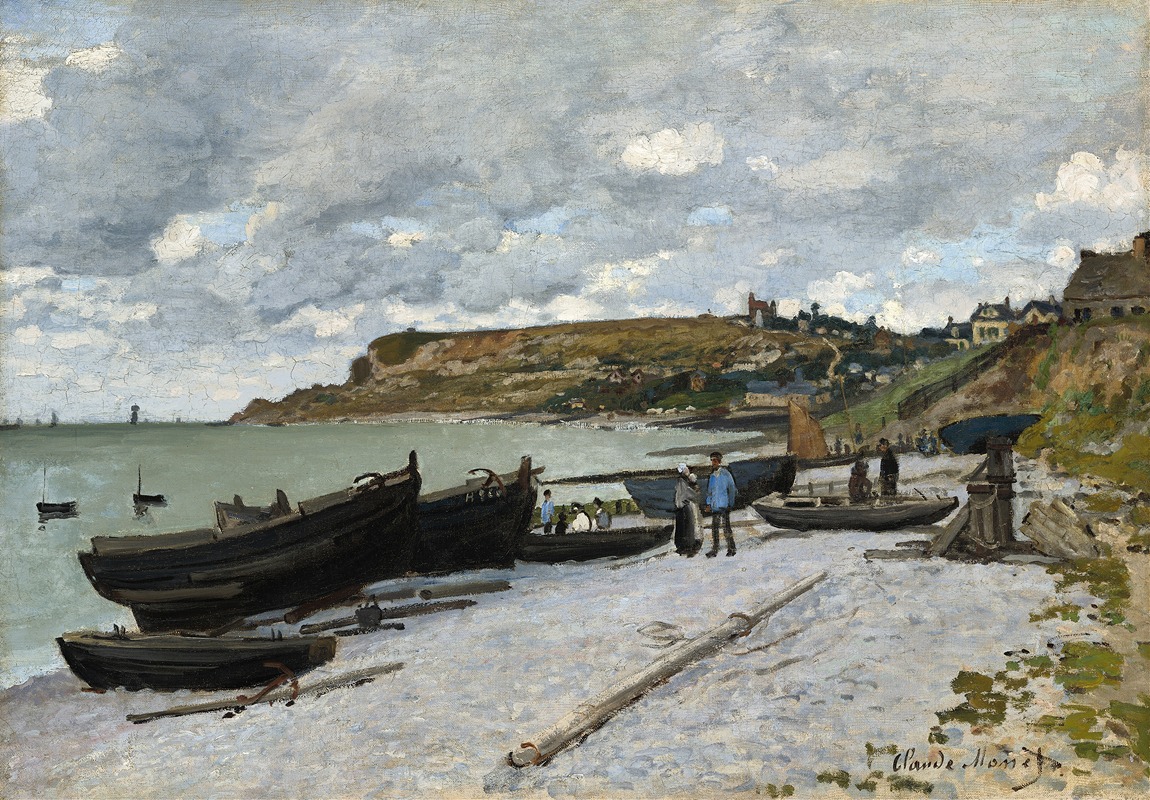
Sainte-Adresse
A hand-painted replica of Claude Monet’s masterpiece Sainte-Adresse, meticulously crafted by professional artists to capture the true essence of the original. Each piece is created with museum-quality canvas and rare mineral pigments, carefully painted by experienced artists with delicate brushstrokes and rich, layered colors to perfectly recreate the texture of the original artwork. Unlike machine-printed reproductions, this hand-painted version brings the painting to life, infused with the artist’s emotions and skill in every stroke. Whether for personal collection or home decoration, it instantly elevates the artistic atmosphere of any space.
"Sainte-Adresse" is a painting by the renowned French Impressionist artist Claude Monet, created in 1867. This artwork is a significant example of Monet's early work and showcases his developing style that would later become synonymous with the Impressionist movement. The painting is an oil on canvas and measures approximately 75.5 cm by 101.5 cm. It is currently housed in The Metropolitan Museum of Art in New York City.
The painting depicts a seaside scene in the town of Sainte-Adresse, a coastal suburb of Le Havre in Normandy, France. This location held personal significance for Monet, as it was near his childhood home. The scene captures a group of people enjoying a leisurely day by the sea, with a view of the English Channel in the background. The composition is divided into two main sections: the foreground, where elegantly dressed figures are seated on a terrace adorned with vibrant flowers, and the background, which features the expansive sea and sky.
Monet's use of light and color in "Sainte-Adresse" is notable. The painting is characterized by its bright palette and the artist's attention to the effects of natural light. The sunlight illuminates the scene, casting soft shadows and creating a sense of warmth and tranquility. The flowers in the foreground are painted with vivid hues, contrasting with the cooler tones of the sea and sky. This interplay of colors and light is a hallmark of Monet's work and reflects his interest in capturing the fleeting effects of nature.
The figures in the painting are believed to be members of Monet's family, although their exact identities are not definitively known. The relaxed poses and casual interactions among the figures suggest a moment of leisure and enjoyment, typical of the bourgeois lifestyle during the late 19th century. The inclusion of flags in the composition adds a sense of movement and festivity to the scene.
"Sainte-Adresse" is often noted for its compositional balance and the way Monet uses perspective to draw the viewer's eye through the scene. The terrace railing creates a horizontal line that separates the foreground from the background, while the diagonal lines of the flags and the horizon guide the viewer's gaze across the canvas. This careful arrangement of elements demonstrates Monet's skill in creating harmonious and engaging compositions.
This painting is an important work in Monet's oeuvre as it marks a period of transition in his artistic development. While it retains elements of the Realist tradition, such as detailed figures and a clear narrative, it also hints at the Impressionist techniques that Monet would later fully embrace. The emphasis on light, color, and atmosphere in "Sainte-Adresse" foreshadows the innovative approaches that would define his later masterpieces.
Overall, "Sainte-Adresse" is a testament to Monet's evolving style and his ability to capture the beauty and essence of a moment. It remains a celebrated piece within the Impressionist canon and continues to be admired for its artistic and historical significance.









